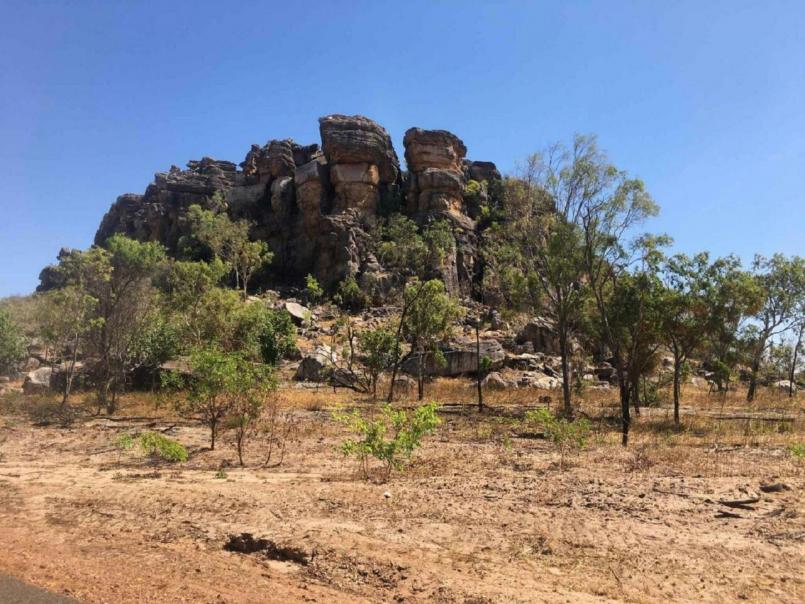Eclipse Metals has launched into its maiden exploration program at the smoking hot Devil’s Elbow uranium prospect in the Northern Territory. First pass exploration included the field checking of key targets with radioactivity levels all but confirming the presence of the lucrative but controversial energy metal. The company has now begun planning for a first pass drilling program for the 2021 dry season.
The company’s geophysical instrumentation has regularly returned high surface readings of radioactivity at Devil’s Elbow, peaking at 2,200 counts per second, against background levels of 130 counts per second.
The commencement of exploration in the Territory comes on the back of Eclipse’s recent agreement with the traditional owners that has resulted in the two groups working to approve access across the lease areas that make up the company’s Liverpool project which includes the Devil’s Elbow prospect.
Eclipse’s Liverpool uranium-PGE project lies 285km east of Darwin in Australia’s Northern Territory and covers more than 1,400 square kilometres of the world-class Alligator River Uranium Field which is home to the high-grade Ranger, Nabarlek and Jabiluka uranium mines.
With the recent spike in uranium prices due a perceived looming supply shortage and demand increase, the region is once again garnering the attention of some of the world’s specialist uranium explorers and producers including Rio Tinto, Cameco, DevEx and Vimy Resources.
The energy metal has skyrocketed an impressive 33 per cent since the beginning of this year and is currently trading at US$32 per pound, up from US$24 per pound in January. Precious metals are also trading at 5-year highs, delivering Eclipse a massive incentive to be out on the ground.
Eclipse’s preliminary work program at Devil’s Elbow was designed to check the historical results and targets highlighted by previous explorers, including Cameco and Uranerz. These targets are predominantly associated with the Nungalgarri Volcanic unit that is known to host economic mineralisation across the Alligator Field.
The company’s field team has successfully located several historical prospects, hosting the expected stratigraphy and hematite-chlorite alteration. These prospects typically show a strong radiometric response of between 400 and 950 counts per second but also set the meter jumping with peak values of up to 2,200 counts per second – more than 15 times the regional background level.
Eclipse is continuing to advance its targets across the world-class Alligator uranium field and with climbing metal prices and a growing list of prospects, the company is well positioned to profit from the inevitable resurgence of uranium.
Is your ASX listed company doing something interesting? Contact: matt.birney@businessnews.com.au










